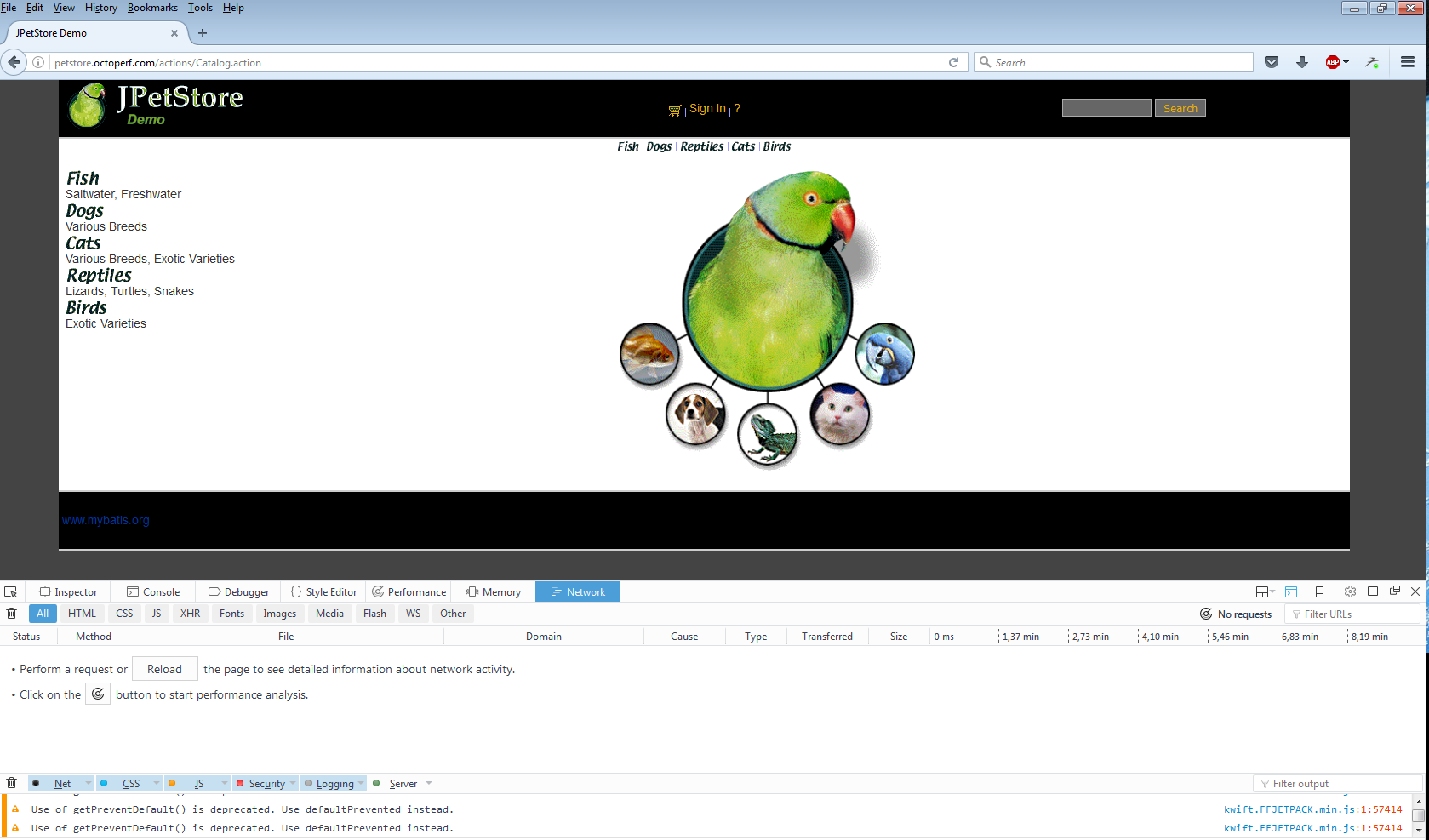JMeter vs OctoPerf
Today's blog will be a short video to demonstrate how quick the recording process is with OctoPerf when compared to JMeter. We always say that OctoPerf makes JMeter easier from the design to the test results, this video will show you how the recording process can be done twice as fast with OctoPerf.
And that is not counting how we cut the complexity of the recording process to a few clicks compared to all you have to do with JMeter.
With OctoPerf:
- From your browser press F12 and activate persistent log
- Navigate
- Export as HAR file
- Connect to OctoPerf and import the HAR file




